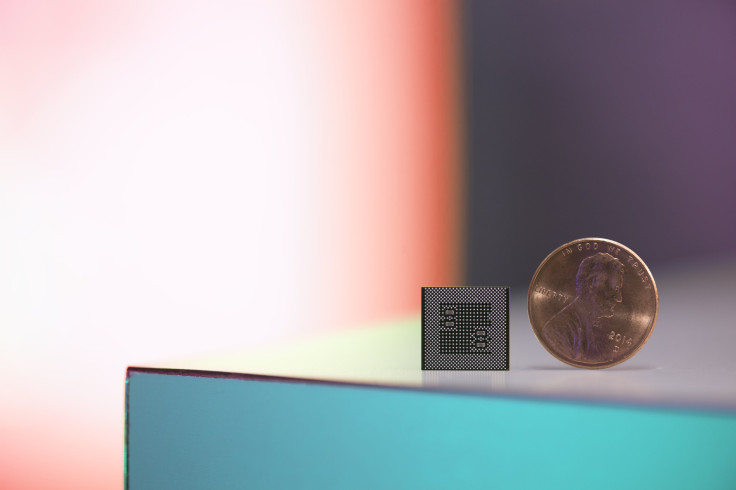Las Vegas -- Qualcomm shared more details about its latest chip, the Snapdragon 835 at a CES 2017 press conference Tuesday. Having initially announced the chip at a technology summit in November, the semiconductor manufacturer is now publicly sharing specs and features for the component.
With the Snapdragon 835, Qualcomm is aiming to tackle several aspects of mobile technology, including battery life, immersion, camera, connectivity, security and machine learning. A primary area of development on the Snapdragon 835 is with battery power.
“In any survey we do from a user perspective, we asked: What’s the most important thing for your next purchase? What’s the biggest pain point on your current purchase. Always, number one is battery life and charging phones,” Qualcomm senior vice president of Product Management, Keith Kressin told journalists in November.

The Snapdragon 835 not only consumes half the power of the Snapdragon 801 chip, it supports more than a full day of talk time, more than five days of music playback, 11 hours of 4K video playback, seven hours of 4K video streaming, three hours of nonstop 4K video capture and over two hours of VR gaming.
Qualcomm also previously announced Quick Charge 4 technology for the Snapdragon 835, which can add up to five hours of power to a device in a five minute charge and up to 50 percent charge in 15 minutes.
Several VR headsets released in 2016, including the Oculus Rift and HTC Vive, in addition to new models of the Samsung Gear VR. Qualcomm confirmed that several new devices will release in 2017 running the Snapdragon 835, with a primary focus on virtual reality immersion.
“We’re right at the cusp of VR being good enough. We’re not quite there yet but we’re getting there with the mobile device and the 835, which will be one of the key components to propel the VR use case,” Kressin said.
Qualcomm defines immersion as the cross between high quality visuals and sounds and “intuitive” interactions. Devices running the Snapdragon 835 are able to render graphics 25 percent faster than prior generation chips, a 60-time wider color range and 15 millisecond latency.
Hardware specs for the Qualcomm Snapdragon 835 include a 2.45 GHz Kryo 280 CPU, Adreno 540 GPU, Hexagon 682 DSP and support for up to 8GB of RAM, which provide high performance and low power consumption to ensure the best VR experiences possible, in addition to more standard mobile processes. The 835 also features 802.11ad Multi-gigabit Wi-Fi with 2x2 11ac MU-MIMO for improved support and power consumption when connected to multiple Wi-Fi access points.
Also fueling a VR push is Qualcomm's dedication to camera quality. The 835 supports single lens cameras up to 32-megapixels and dual lens cameras up to 16-megapixels, for a wide range of mobile photography possibilities.
“When we ask OEMs: Where do you want to differentiate? From a technology standpoint, it’s always about the camera,” Kressin said. “Some want the biggest pixels, some want zoom, some want fast auto focus, some want iris detection. The camera is an area where Qualcomm can differentiate.”
The Snapdragon 835 is Qualcomm's first chip to support the X16 LTE modem, which can provide download speeds of up to one gigabit per second. These are considered 5G speeds. Additionally, the 835 can support category 13 LTE upload speeds of up to 150 megabits per-second. The chip features performance and power efficiency improvements intended to support heavy processes, such as virtual reality and augmented reality on mobile handsets.
New on the 835 is Bluetooth 5. The chip is the first to support the technology for commercial use. Qualcomm also implemented the Google’s Awareness API into its own All-Ways Aware feature, which tracks and regulates mobile processes for better device health.
Other features include updated security hardware and software, updated audio codecs and the 10nm FinFET technology used to manufacture the Snapdragon 835.












![[EG April 19] Best 'Stardew Valley' Mods That Will Change](https://d.player.one/en/full/226012/eg-april-19-best-stardew-valley-mods-that-will-change.png?w=380&h=275&f=955520b8313253ee3c39c791f6210f38)



